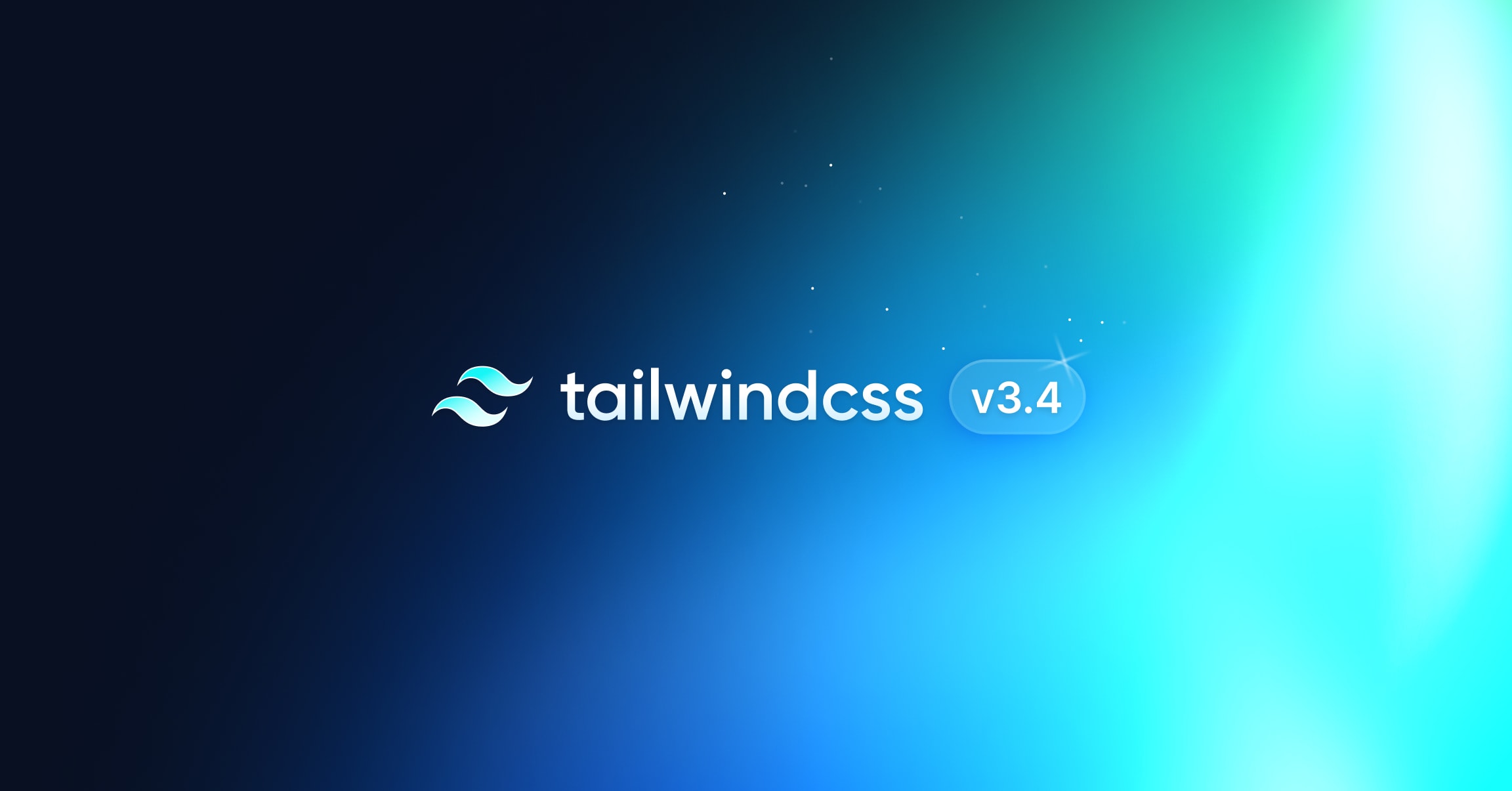
You Should Move to Tailwind CSS: Why and How to Upgrade
Published on
This article was created using Gemini by Google and meant as a placeholder
Tailwind CSS has taken the web development world by storm since its initial release in 2017. As a utility-first CSS framework, it offers a unique approach to writing CSS, allowing developers to write clean, maintainable, and efficient code. For developers still using traditional CSS frameworks, migrating to Tailwind CSS can be a game-changer. In this article, we'll explore the reasons why you should switch to Tailwind CSS and how to make the transition.
Why Switch to Tailwind CSS?
Tailwind CSS offers numerous advantages over traditional CSS frameworks, including:
- Improved Readability: Tailwind CSS's utility-first approach enables developers to write concise and readable code, making maintenance and collaboration easier.
- Increased Flexibility: The framework's modular design allows for easy customization and extension, making it suitable for a wide range of projects.
- Better Performance: Tailwind CSS's pre-defined classes and optimized CSS output ensure faster page loads and improved user experience.
- Reduced Learning Curve: Tailwind CSS's intuitive syntax and extensive documentation make it easy for developers to learn and use.
Preparing for the Switch:
Before migrating to Tailwind CSS, consider the following:
- Familiarize Yourself with the Syntax: Take the time to understand the basics of Tailwind CSS's utility-first approach and its syntax.
- Assess Your Current CSS Framework: Evaluate your current CSS framework and identify areas where Tailwind CSS can improve your workflow.
- Plan Your Migration: Develop a plan for how you'll migrate your existing codebase to Tailwind CSS, including identifying which features to prioritize and how to handle potential conflicts.
Migrating Your Codebase:
When migrating your codebase to Tailwind CSS, consider the following tips:
- Start Small: Begin by migrating a single component or feature, allowing you to get a feel for the new syntax and approach.
- Take Advantage of Tailwind CSS's Pre-Defined Classes: Leverage Tailwind CSS's pre-defined classes to simplify your code and reduce the amount of custom CSS needed.
- Customize and Extend: Tailwind CSS allows for easy customization and extension, so take the time to tailor the framework to your needs.
Conclusion
By switching to Tailwind CSS, developers can take advantage of its improved readability, increased flexibility, better performance, and reduced learning curve. While the migration process may take time, the benefits of using Tailwind CSS make it well worth the effort. By following the tips outlined in this article, developers can make the transition to Tailwind CSS with ease and start enjoying the benefits of this powerful utility-first framework.
- tailwindcss
- css
- web development
- framework
- upgrade